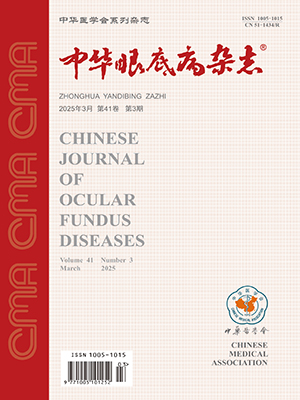Objective To investigate the mutations of the gene in Chinese patients with X linked juvenile retinoschisis (XLRS), and to provide the genetic diagnosis and consultation of heredity for the patients and their families. Methods Genomic DNA was isolated from leukocytes of 29 male patients with XLRS, 38 female carriers and 100 normal controls (the patients and the carriers were from 12 families). All 6 exons of XLRS1 gene were amplified by polhism (SSCP) assay. The positions and types of XLRS1 gene mutations were determined by direct sequencing. Results Eleven different XLRS1 mutations were identified in these 12 families, including one frameshift mutation due to base loss of the first exon: c.22delT(L9CfsX20), one nonsense mutation due to base loss of the first exon (Trp163X), one splice donor site mutation(c.52+2 T rarr;C; IVS1+2T to C), and eight missense mutation due to base replacement(Ser73Pro, Arg102Gln, Asp145His, Arg156Gly, Arg200Cys, Arg209His, Arg213Gln, and Cys223Arg). No gene mutation was detected in the control group. Four new mutations included frmaeshift mutation(L9CfsX20)and mutations of Asp145His, Arg156Gly, and Trp163X at the fifth exon. A newly discovered non-disease-related polymorphism (NSP) was the c.576C to T (Pro192Pro) change at the sixth exon. Conclusion Eleven different XLRS1 mutations were detected, which is the cause of XLRS in Chinese people. The detection of gene mutations may provide the guidance of genetic diagnosis and the consultation of family heredity for the patients and their families. (Chin J Ocul Fundus Dis, 2006, 22: 77-81)
Citation: MA Xiang,LI Xiaoxin,WANG Lihua,et al. Analysis of the new mutations of the gene in Chinese patients with congenital retinoschisis. Chinese Journal of Ocular Fundus Diseases, 2006, 22(2): 77-81. doi: Copy
Copyright © the editorial department of Chinese Journal of Ocular Fundus Diseases of West China Medical Publisher. All rights reserved




